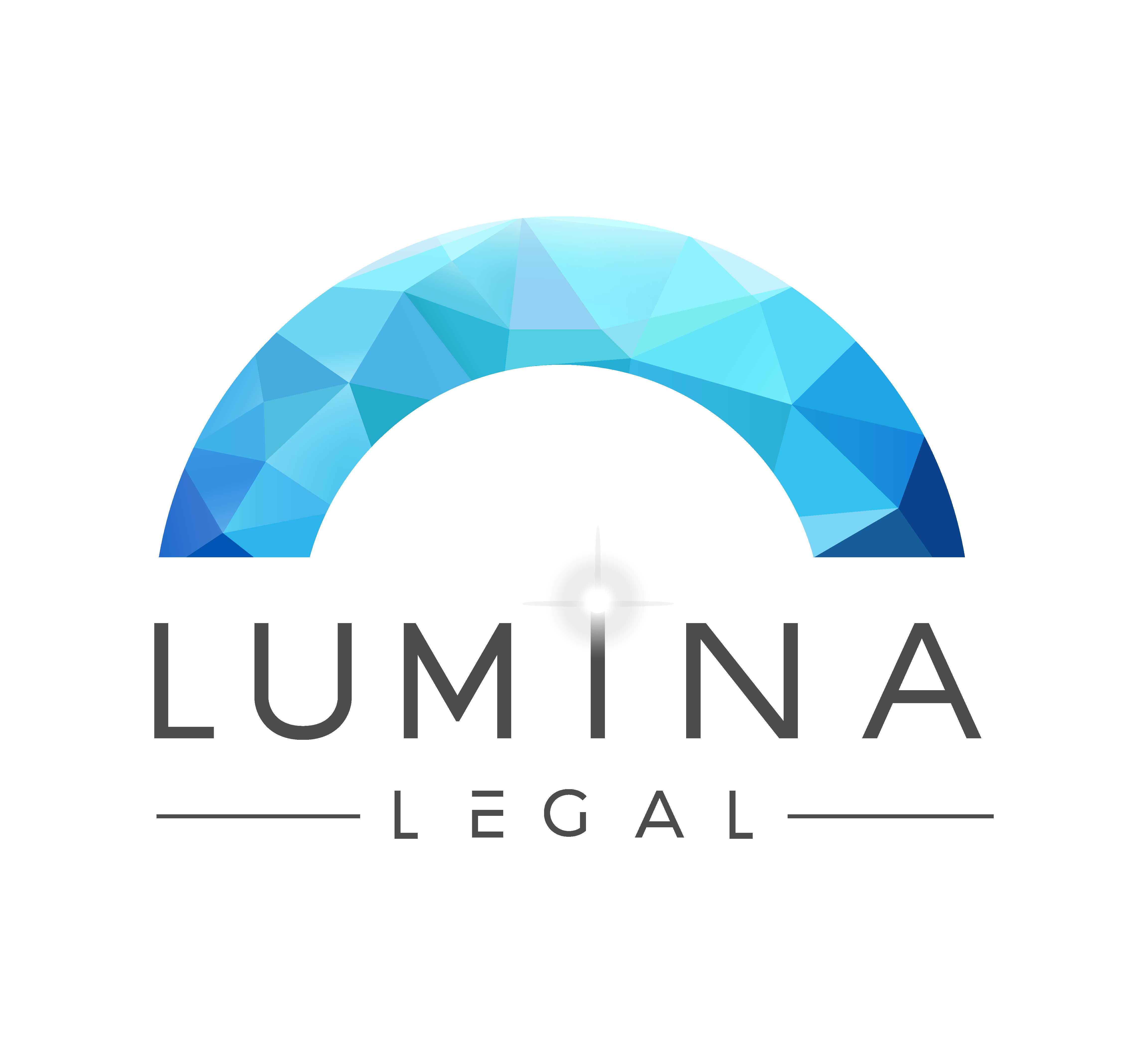How Trademarks are Registered
As an attorney specializing in trademark law, I understand the importance of protecting your business’s intellectual property. Registering your trademark provides essential legal rights and safeguards, ensuring that you have exclusive rights to use your mark in connection with your goods or services. Here, I will provide an overview of the trademark registration process to help you navigate this important step.
The first step in the trademark registration process is conducting a comprehensive trademark search. This search helps identify any existing trademarks that may conflict with your proposed mark. It is crucial to ensure that your mark is distinctive and does not infringe upon the rights of others. Conducting a thorough search helps minimize the risk of potential conflicts and rejection during the registration process.
Once you have completed the trademark search and confirmed that your mark is available, the next step is to file a trademark application with the United States Patent and Trademark Office (USPTO). The application requires detailed information about your mark, such as its description, the goods or services associated with it, and its intended use in commerce.
The Duration of the Registration Process with the USPTO
The duration of the trademark registration process can vary depending on several factors, including the complexity of the application and the backlog of applications at the USPTO. Generally, it takes around 8 to 12 months or more to receive a decision from the USPTO regarding your trademark application.
During this time, the USPTO will review your application to ensure it meets the requirements for registration. This includes examining the mark for distinctiveness, potential conflicts with existing marks, and compliance with the relevant laws and regulations. If any issues arise during the examination, the USPTO will issue an Office Action detailing the concerns and providing an opportunity for response.
It is important to note that the process can be further delayed if there are any objections or if the USPTO requires additional information or clarification. Therefore, engaging an experienced trademark attorney who understands the intricacies of the process can help expedite the registration process and address any issues that may arise.
Logos vs Wordmarks
Trademarks can take various forms, including logos and wordmarks. A logo trademark consists of a design, symbol, or graphical element that represents your brand. On the other hand, a wordmark is a trademark that consists of a word or words, such as a business name or slogan.
When considering whether to register a logo or a wordmark, it is important to assess the distinctiveness and protectability of your mark. Logos can offer a visually unique representation of your brand, while wordmarks can be more versatile and easily adapted across different platforms. Some businesses choose to register both a logo and a wordmark to protect their brand in various forms.
Intent-to-Use vs Actual-Use Marks
When filing a trademark application, you have the option to file either an intent-to-use (ITU) or an actual-use (AU) mark. An ITU application is filed when you have a bona fide intention to use the mark in commerce but have not yet done so. An AU application, on the other hand, is filed when you are currently using the mark in commerce.
Filing an ITU application allows you to secure your rights to the mark before actual commercial use, providing a priority date for your mark. However, it is important to note that a statement of use and evidence of actual use will be required later in the registration process to complete the registration.
Understanding the differences between ITU and AU marks and the associated requirements is crucial when filing your trademark application. Consulting with a knowledgeable trademark attorney can help determine the best approach for your specific situation and ensure a smooth and successful registration process.
In conclusion, trademark registration is a vital step in protecting your business’s brand identity. By following the proper procedures and working with an experienced trademark attorney, you can navigate the registration process efficiently and secure the exclusive rights to your mark. Contact Lumina Legal today to discuss your trademark needs and to receive comprehensive guidance throughout the registration process.


Recent Comments